[New Sancai Compilation First Edition] There are some amazing buildings in the world - not just beautiful buildings alone, but also built on towering cliffs or mountainside. Seeing a town like this for the first time will leave you in awe. Here are some of the most perfect examples of this.
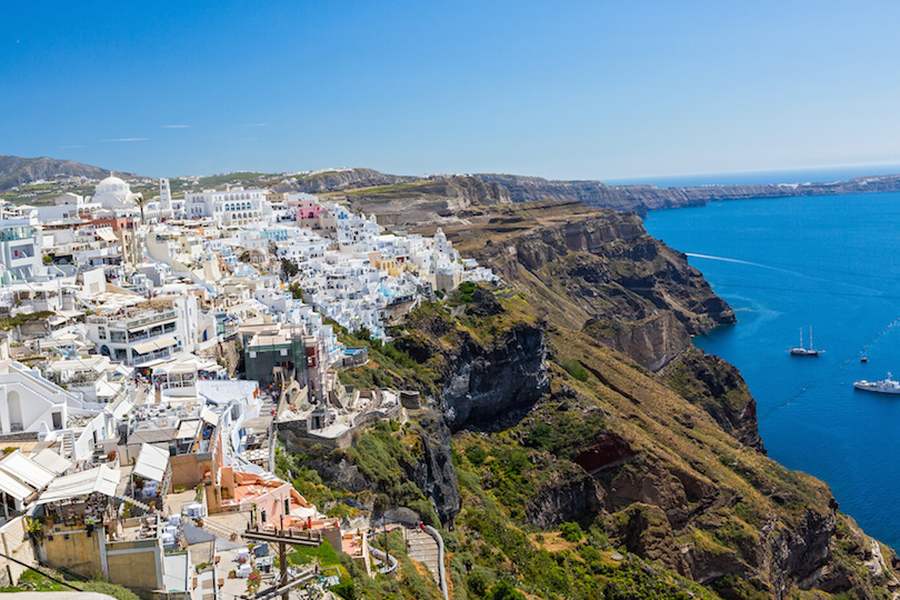
△ Greece, Fira and Oia: Santorini is a volcanic island in the Cyclades group of Greece. It is famous for its breathtaking views, stunning sunsets, whitewashed houses and the local active volcano. Among them, Oia is built on a majestic clifftop overlooking a sunken volcano. Above the capital, Fira, the highest point on the island, is a typical Santorini town with a special architectural style, its white cobblestone streets filled with shops, hotels and cafes, hugging the 400-meter (1,300-foot)-high Cliff edge.
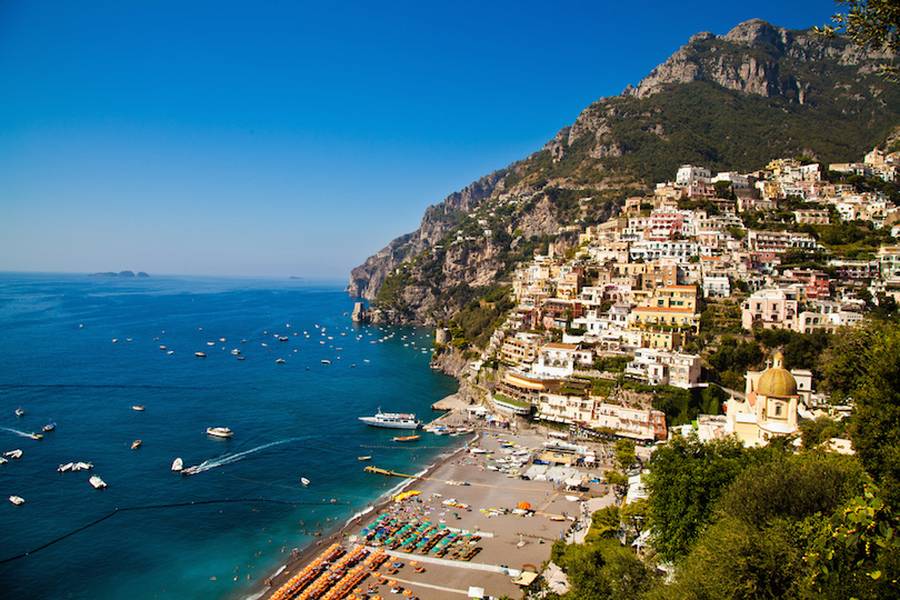
△ Italy, Positano: Positano is a small town located on the Amalfi Coast in the Compania region of southern Italy. It is one of the most popular tourist attractions in Italy. The city seems to be scattered from top to bottom on the hillside leading to the coast. Although the city grew and prospered during the Middle Ages, by the mid-19th century, more than half of the population had disappeared. In the 20th century, Positano transformed from a poor fishing village into a very popular tourist destination thanks to the work of writer John Steinbeck.
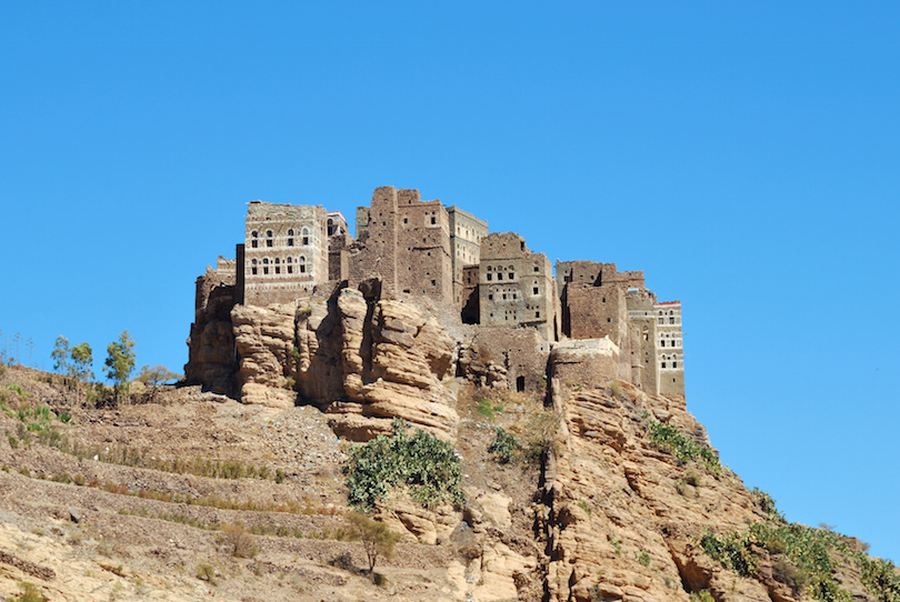
△ Al Hajara, Yemen: Hajjara, sometimes spelled Al Hajara, is a historic cliff city in the Haraz Mountains of Yemen, located in the city of Manaka ( west of Manakhah). It is one of the most impressive and easily accessible mountain villages in Yemen. This mountain village is actually built into the mountain using stone from a nearby quarry. The history of Hajara dates back to the 12th century. Its defense houses were built of huge, unpolished stones that came together to form an uninterrupted wall. A series of granaries and cisterns enabled this mountain village, like other villages in the mountains, to withstand long sieges.
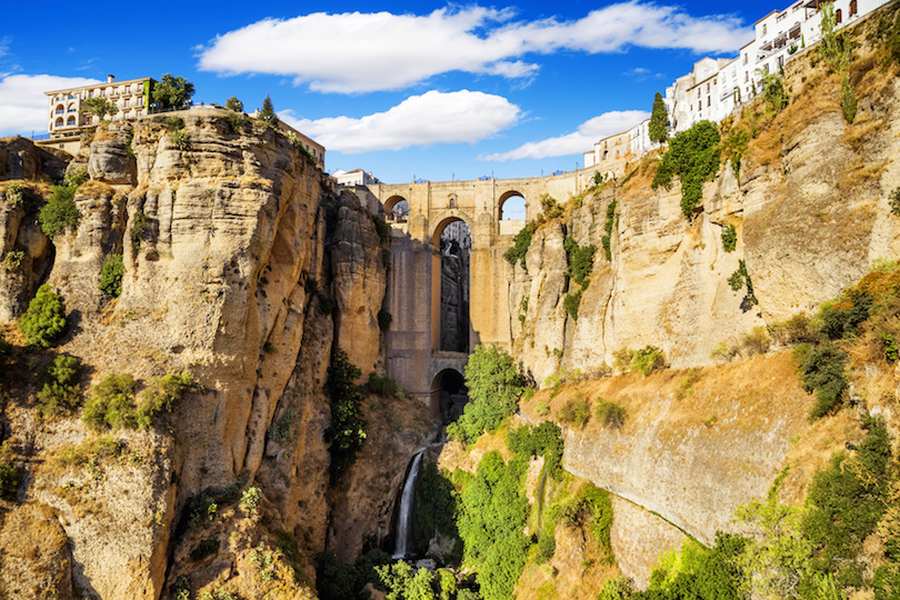
△ Spain, Ronda: Ronda is located in the province of Malaga, Spain and is famous for its cliffs. It is located in a mountainous area at an altitude of 760 meters (2,500 feet). The Guadalevin River that flows through Ronda bisects the city, placing it on either side of the El Tajo Canyon formed by the river. There are three bridges spanning the gorge so you can cross from one side of Ronda to the other. Ronda is famous as the birthplace of bullfighting, with the oldest bullring in Spain still being located there.
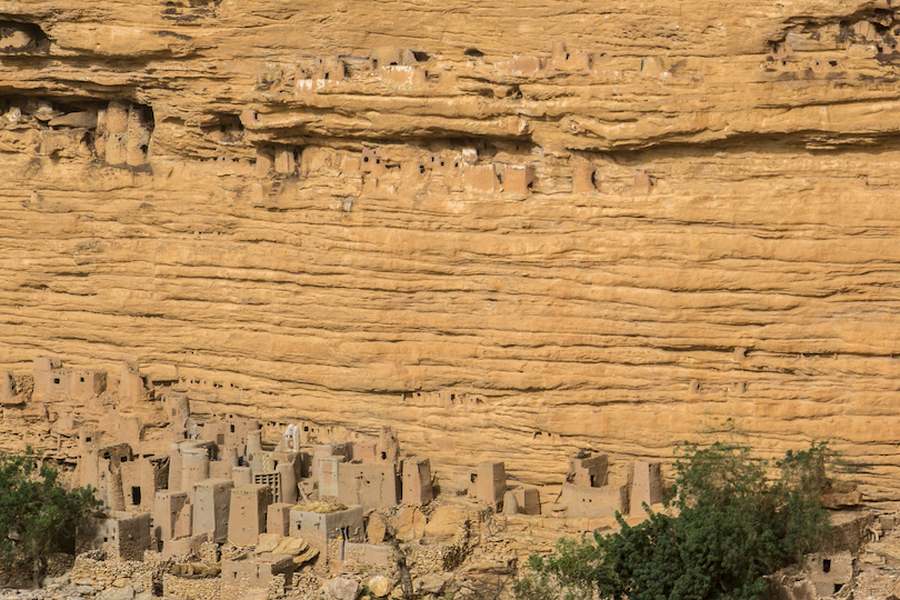
△ Bandiagara Escarpment, Mali: The Bandiagara Escarpment is a cliff in the central Dogon region of the Republic of Mali in West Africa, rising nearly 500 meters (1,640 feet) above the sandy land below. ). The cliffs are dotted with ancient cave dwellings of the Tellem people. They built dozens of villages on the cliffs above the caves. In the 14th century, the Dogon people expelled the Thelem people and settled here to this day.
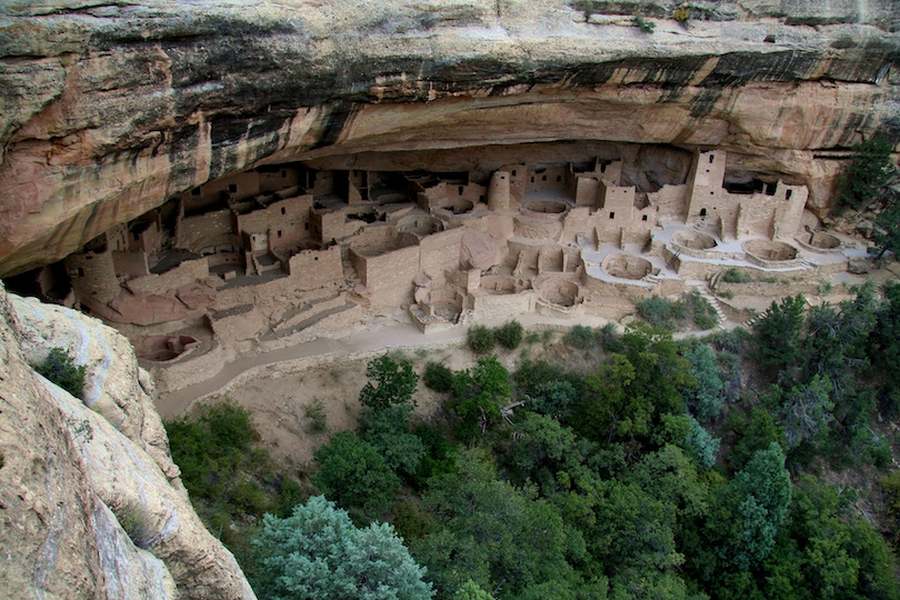
△ United States, Mesa Verde: Mesa Verde is located in southwestern Colorado and is a famous cliff dwelling place for the ancient Anasazi people of America. Today, it is a Native American cultural archaeological preserve. In the 12th century, the Anasazi began digging holes into the canyon walls to build houses, some as large as 1,500 rooms. The most famous of these are the Cliff Palace and the Spruce Tree House. By 1300, all the Anasazi had left the Mesa Verde area, but the ruins remained virtually intact. The reason for their sudden departure is still unknown. Some say it was crop failure caused by drought, and some say it was the invasion of tribes from the north.
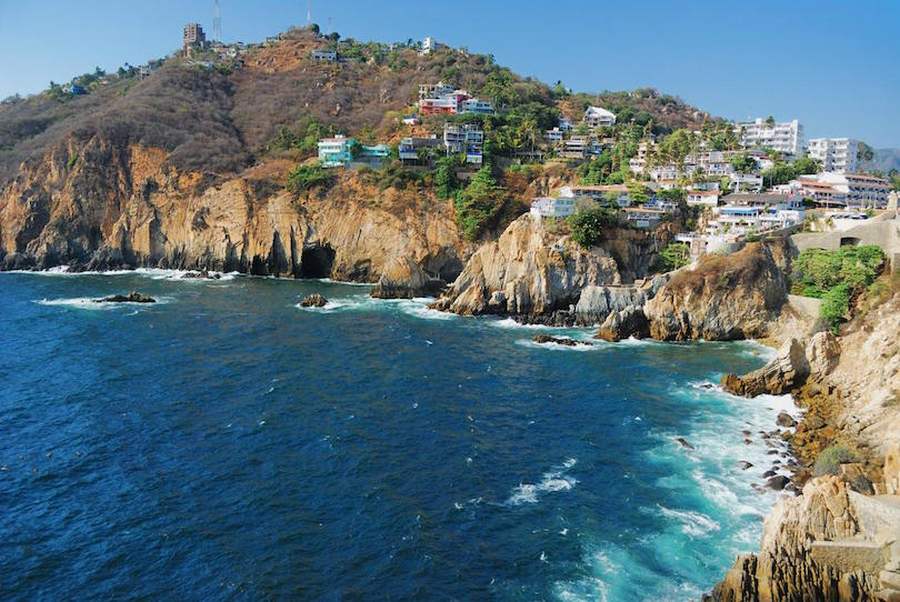
△ Mexico, Acapulco: Acapulco was an early resort town in Mexico and became a resort for Hollywood stars and millionaires in the 1950s. To this day, it remains a popular tourist destination among Mexicans and a spring break destination for American college students. No trip to Acapulco is complete without watching divers perform cliff dives near dangerous waters. They've been doing this since the 1930s, but today's divers are professionals.
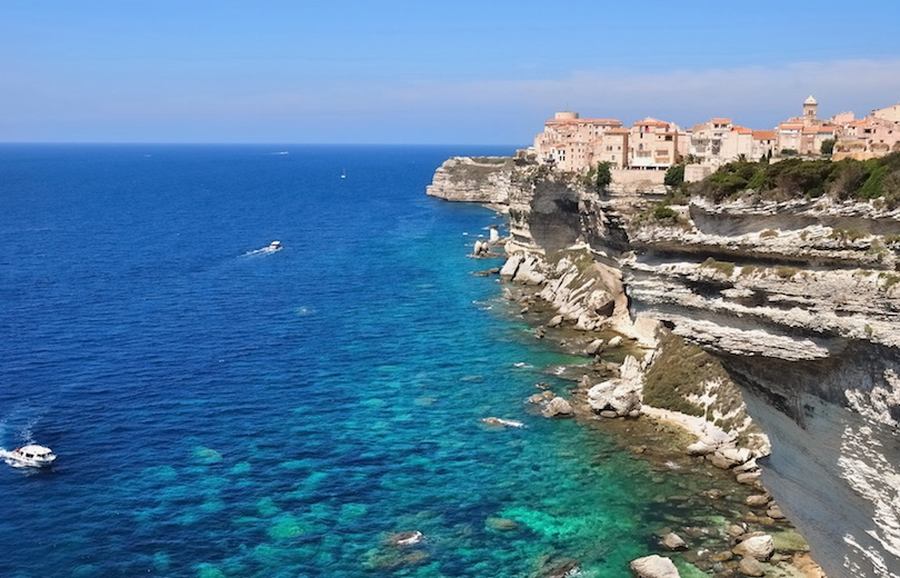
△ France, Bonifacio: Bonifacio is a city on the southern tip of the island of Corsica. The city and its fortifications extend for some distance along the top of a cliff that is approximately 70 meters (230 feet) high. The city is built on the edge of a cliff and looks like it is hanging on it. Viewed from the sea, the white city hangs above the roaring waters below and gleams in the sunlight.
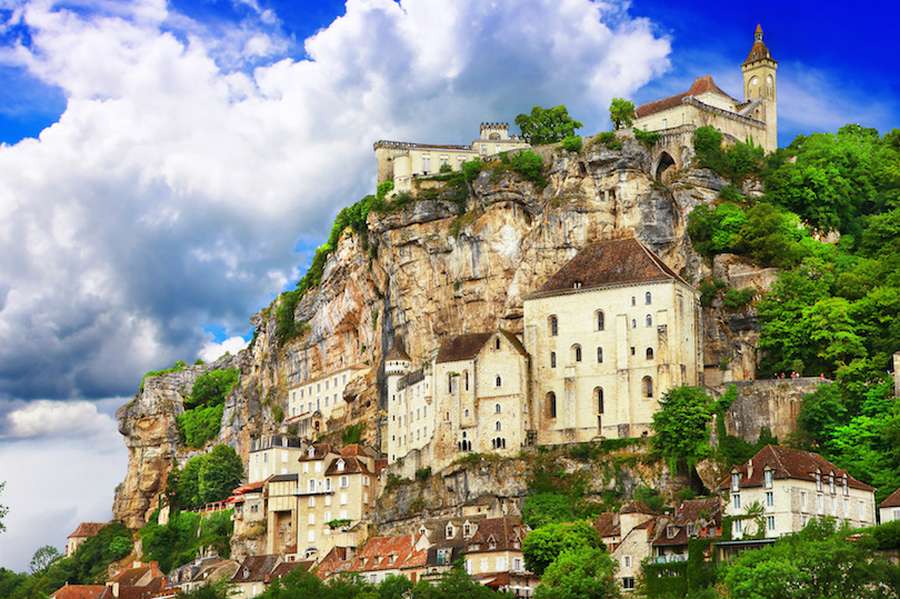
△ France, Rocamadour: Rocamadour is a small village in the Alzou River gorge in southwestern France. The buildings of Rocamadour extend layer by layer along the edge of the cliff to the church halfway up the cliff. The village dates back to the 12th century, but due to wars and the French Revolution it was almost deserted. Today it is once again popular with tourists and pilgrims who come here to commemorate the village's namesake, St. Amadour. According to legend, Saint Amadou witnessed the deaths of Saints Peter and Saint Paul in Rome and later traveled there where he became a hermit.
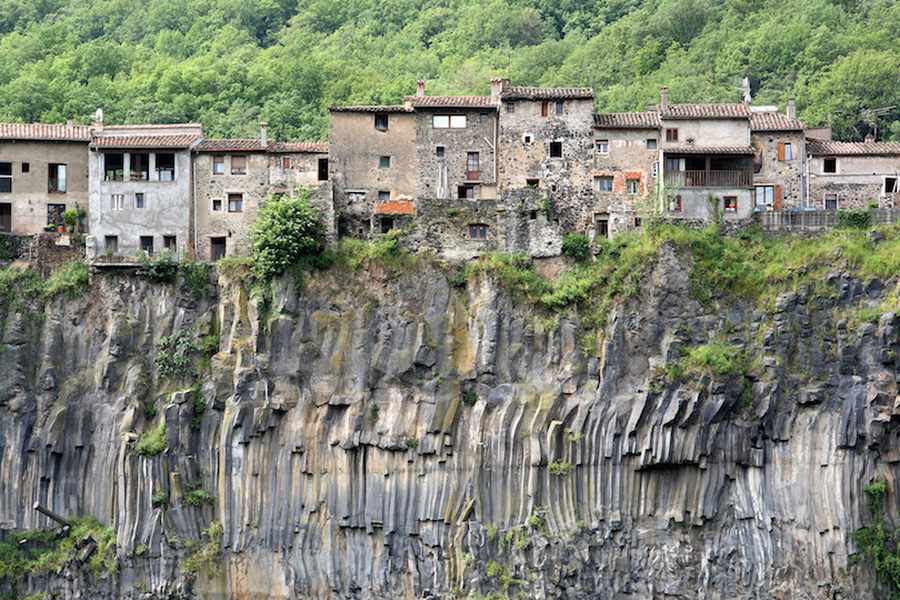
△ Spain, Castellfollit de la Roca: Castellfollit de la Roca is considered one of the most beautiful villages in Catalonia, Spain. It is built on a basalt cliff between two rivers. Most of the buildings appear to be hanging off the edge of a cliff, giving the illusion that they could collapse at any moment. The entire village covers less than half a square mile. The oldest part of the village was built in the Middle Ages and consists of narrow streets and dark corners. The houses here are built from volcanic rock.
(Source: touropia website)
(Author: Mike Kaplan)
(Compiled by: Bai Ding)
(Editor: Jiang Qiming)
(Source of the article: Compiled and published by New Sancai)
